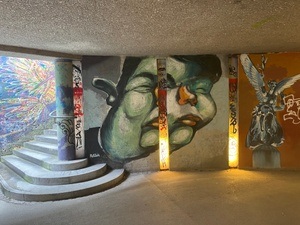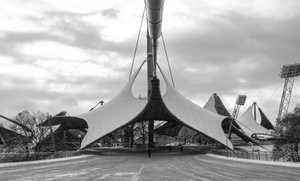Ausstellung: Wanderstraßen der Antike. Gedruckte Bilderschätze der Frühen Neuzeit
In the organizer's words:
The remains of antiquity exerted a tremendous fascination and impact on society, culture and science in early modern Europe. The exhibition on the second floor of the northern atrium documents the central role that prints played in the dissemination and interpretation of ancient relics. The 'reproduction engravings' unfolded an astonishing life of their own: they not only documented the ancient objects, but were also able to complement and interpret them, evoke their (supposed) contexts, but also feed freely invented antiquities into the early modern world of imagination. Due to their widespread distribution, these images virtually took the place of the actual objects. The culmination and attempt to summarize all these traditional histories was the 'Picture Encyclopedia', which Bernard de Montfaucon published from 1719 to 1724 in 15 folio volumes and with over 1,100 copperplate engravings ("L'Antiquité expliquée et représentée en figures"). In eleven sections, the exhibition traces these 'itinerant routes' of the antiquity tradition in images using selected examples ranging from famous statues, themes and figures such as Laocoon, Julius Caesar or Hercules to bathing culture and the reconstruction of ancient Rome.
The results of the "Antiquitatum Thesaurus" project at the Berlin-Brandenburg Academy of Sciences and Humanities, which is funded by the Union of German Academies of Sciences and Humanities, will be presented. The project is making around 7,200 drawings and 15,000 prints on the reception of antiquity in the 17th and 18th centuries available in a digital repository.
This content has been machine translated.












